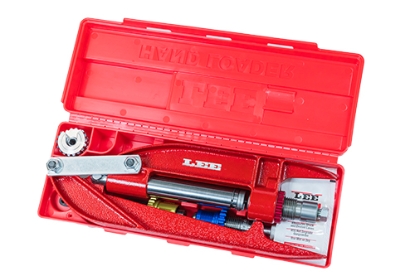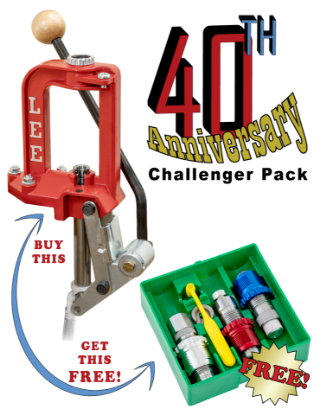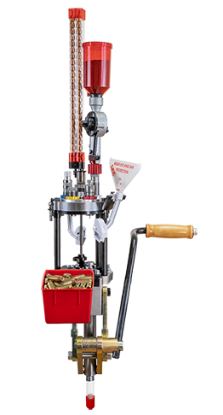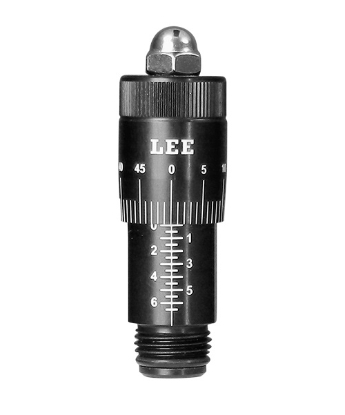You have no items in your shopping cart. close
32 Smith & Wesson Long
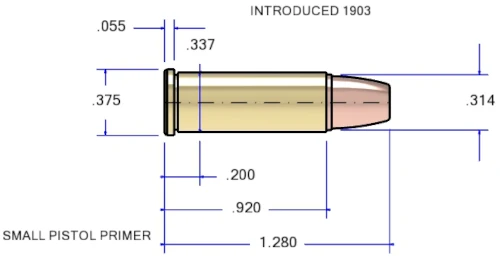
The .32 Smith & Wesson Long (also known as .32 S&W Long) is a rimmed, centerfire cartridge first introduced by Smith & Wesson in 1896. It was originally designed for use in their handguns, particularly the .32 Hand Ejector revolver. The cartridge features a case length of .920 inches (23.37 mm) and typically fires a 98-grain lead round-nose bullet at around 705 feet per second from a 3-inch barrel, generating about 115 foot-pounds of energy.
The .32 S&W Long is known for its mild recoil, making it a popular choice for target shooting and training new shooters. It's also used in some countries for police and self-defense purposes, though it is less common today with the advent of more powerful and compact cartridges. The .32 S&W Long is considered accurate and can still be found in some modern firearms and ammunition production lines.
The .32 S&W Long is known for its mild recoil, making it a popular choice for target shooting and training new shooters. It's also used in some countries for police and self-defense purposes, though it is less common today with the advent of more powerful and compact cartridges. The .32 S&W Long is considered accurate and can still be found in some modern firearms and ammunition production lines.
question_answer Join Discussion (1 comment) add remove
Welcome to our cartridge knowledge base, featuring expert insights from M. L. (Mic) McPherson on a wide range of cartridges. Whether you're new or experienced, discover practical tips and share your field experiences to enrich our community. Please no disparaging remarks on other writers and no powder load data. Help shape a valuable resource for all enthusiasts. If you find anything factually incorrect, we want to hear about it! If you have any interesting comments or reloading tricks that you would like to share on this cartridge, share them here!
Please Log in to post a comment.- format_quoteformat_quote
| Die Sets |
|---|
| Lee Full-Length Sizing Die Set |
| 90624 (Carbide 3-Die set) |
| Lee Breech Lock Die Set |
| 91876 (Carbide 3-Die set) |
| Lee Loader |
| Single Dies |
|---|
| Full-Length Sizing Die |
| Carbide Sizing Die |
| 90621 |
| Undersize Sizing Die |
| 91759 |
| Powder through Expanding Die |
| 90490 |
| Charging Die |
| Seating Die |
| 91176 |
| Factory Crimp Die |
| 90067 (Carbide) |
| Taper Crimp Die |
| Die Accessories |
|---|
| Micrometer Adjuster |
| 92150 |
| Guided Decapper |
| 91581 |
| Case Conditioning Tools |
|---|
| Case Length Gauge and Shell Holder |
| 90169 |
| Quick Trim Die |
| Presses |
|---|
| Reloader Press (50 RPH) |
| 90045 (Lee Reloader Press) |
| Hand Press (50 RPH) |
| Breech Lock Hand Presses |
| Challenger Press (50 RPH) |
| 90588 (Challenger III) |
| Classic Cast Press (50 RPH) |
| 90998 (Classic Cast Press) |
| Value Turret Press (250 RPH) |
| 90928 (Value 4-hole Turret Press Kit) 90932 (4-hole Turret Press with Auto Index) |
| Classic Turret Press (250 RPH) |
| 90304 (Classic Turret Press Kit) 90064 (Classic Turret Press) |
| Ultimate Turret Press (250 RPH) |
| 91910 (5 Station Ultimate Turret Press) |
| Pro 1000 Press (500+ RPH) |
| PRO 1000 |
| Pro 4000 Press (500+ RPH) |
| 90900 (Auto Breech Lock Pro) |
| Six Pack Pro Press (500+ RPH) |
| 91900 (Six Pack Pro Kit 32 S&W Long) 91823 (Six Pack Pro Reloading Press) |
| Shell Plates and Holders |
|---|
| Priming Tool Shell Holder |
| 90204 (#4) |
| Universal Press Shell Holder |
| 90521 (R4) |
| X-Press Shell Holder (APP) |
| 91537 (#4) |
| Pro 1000 Shell Plate |
| 91833 (#4AS) |
| Auto Breech | Pro 4000 Shell Plate |
| 90630 (4) |
| Six Pack Pro Shell Plate |
| 91839 (4A) |
| Inline Bullet Feed |
|---|
| Inline Bullet Feed Die |
| 91999 (30 CAL) |
| Inline Bullet Feed Kit |
| 92011 (30CAL) |
| Inline Bullet Feed Magazine |
| 92015 (Medium Inline Bullet Magazine) |
| Bullet Casting |
|---|
| Classic Bullet Sizing Kit |
| 90039 |
| Breech Lock Bullet Sizer and Punch |
| 91513 |
| Bullet Molds |
| 90308 (311-93-1R 6 Cavity Mold) 90300 (311-93-1R Double Cavity Mold) 90301 (311-100-2R Double Cavity Mold) 90311 (TL314-90-SWC Double Cavity Mold) |

